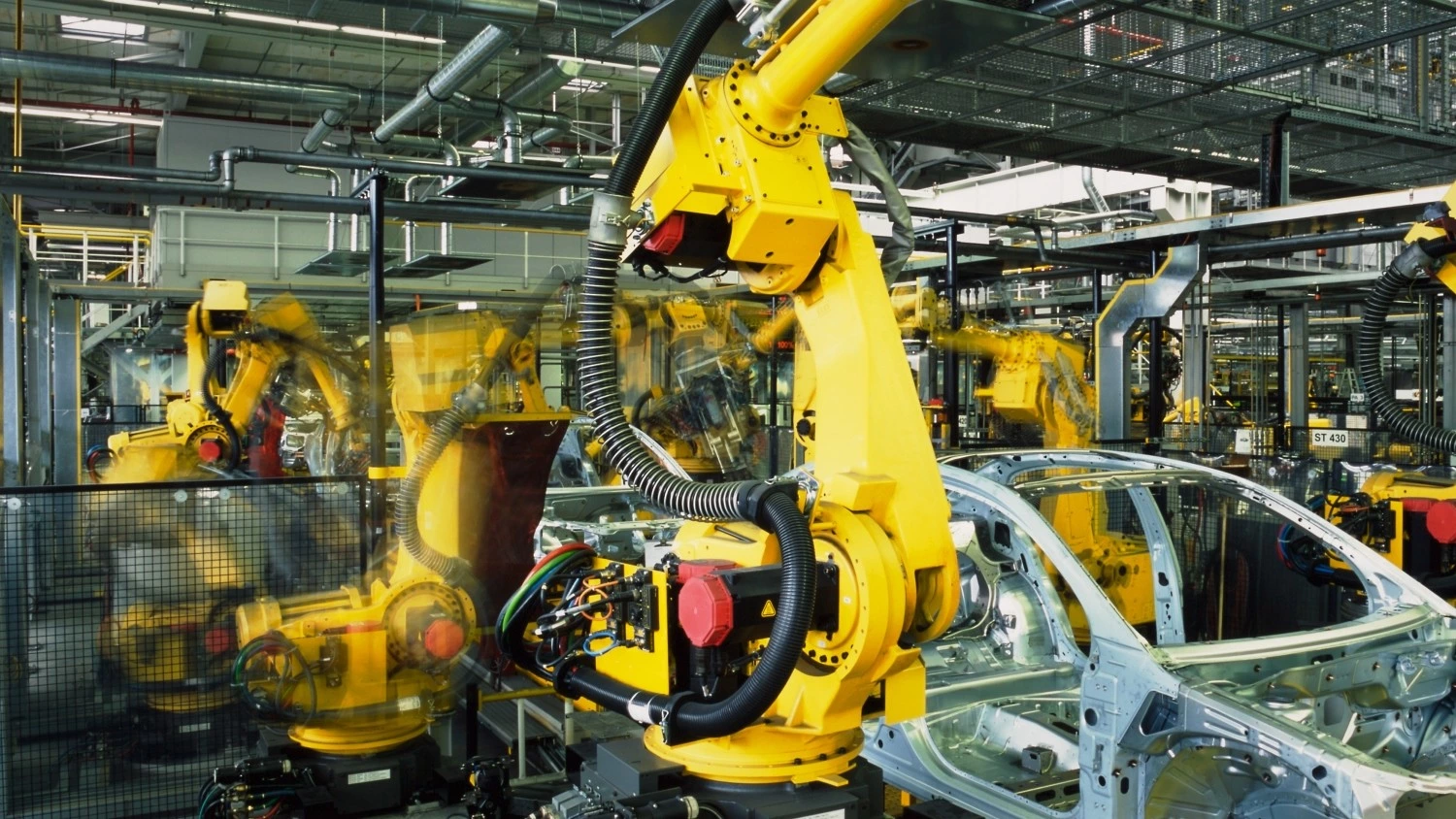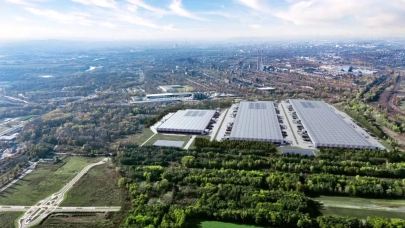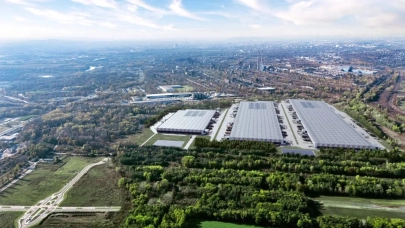
Labour force is the key factor for auto player’s location decision-making process - says Colliers International in its latest research. The auto producers and component suppliers sector is very important in CEE industrial and is growing. Auto exports ranged from 4.7% of total exports in 2015 in Bulgaria, upwards to 28.0% in Hungary and 34.6% in Slovakia, growing at a regionally-weighted annual rate of 7.4% in the period 2010-2015.
Export dependency sustains take-up
With CEE-6 auto export firepower of €134 billion (2015) we believe that even moderate reinvestment and expansion capital expenditures are likely to sustain auto take-up in the region at over 1.1 million sqm in 2017 and c. 0.8 million sqm in 2018. CEE-6’s competitive advantages triggering this investment are still apparent.
Location drivers pivoting east
The conditions for locating fresh auto supplier production remain in place in most of the region. The price of labour is very low, the availability more plentiful the farther east one travels. Colliers’ overall assessment is that Bulgaria and the Czech Republic are the most attractive within CEE-6 for a new auto supplier, though none of the countries score poorly.
Electric cars – a short circuit?
CEE-6 autos have a high weight of internal combustion engine (ICE) production/component supply. This dependency, most acute in Hungary and Slovakia, is likely to require addressing in the mid-term, as manufacturers shift towards electric car production globally. Opportunities for other suppliers are likely to arise, as evidenced by recent investments such as Samsung SDI’s battery plant in Hungary.
Key drivers for location:
Labour force price and availability: Labour force price is the CEE’s main competitive advantage. The workforce education/skill levels are seen as very important in determining the location of auto players by our industrial agents in Slovakia and Hungary and important in Bulgaria.
Wage growth is accelerating (between 7.9% and 14.1% in the Industrial sector in the region in Q2 2017), a factor that we believe will sustain at least into 2018. Labour markets are tight. Evidence includes, first, that all the CEE-6 countries have low unemployment levels versus their history (and Czech Rep. with the lowest in the EU at just 2.9% according to Eurostat). Labour shortages are acting to constrict expansion of production.
Mark Robinson, Senior Researcher, CEE, Colliers International, explains: “So it might be the availability rather than the cost of labour that becomes more of an issue. This can be resolved partially by education and training of the workforce, something being addressed to varying degrees across the region and partially, as we set out in our July 2017 report by return migration of some of the 7 million CEE-6 nationality workers currently residing in Western Europe.”
Infrastructure connectivity and tax rates: Distance of Tier 1 suppliers from the key regional producers has a broadly similar pattern, with more of the key assembly plants located more to the west of the CEE-6 regions in general. The greater the distance, the higher the transport cost and delivery timing risk.
Low rates of individual taxation should help to keep workers in the region: low rates of corporate taxation are a feature of the CEE environment. Hungary has the lowest headline CIT rate at just 9%, with Bulgaria also well-positioned at 10%. The relative lack of significant budget deficits in general in CEE means that these low tax rates are likely to sustain in CEE.
Stability and ease of doing business: As EU members, the CEE-6 have the legal frameworks in place that enable business to flourish. The ease of doing business has improved in the region across the board. Ranking globally, Poland is highest at position 24 (up from 54 11 years ago). Hungary is “worst” amongst the CEE-6, ranking at 41 but coming well ahead of several EU peers.
Currency stability is also a planning factor: Slovakia with the euro and Bulgaria with the euro-lev peg are the most stable.



